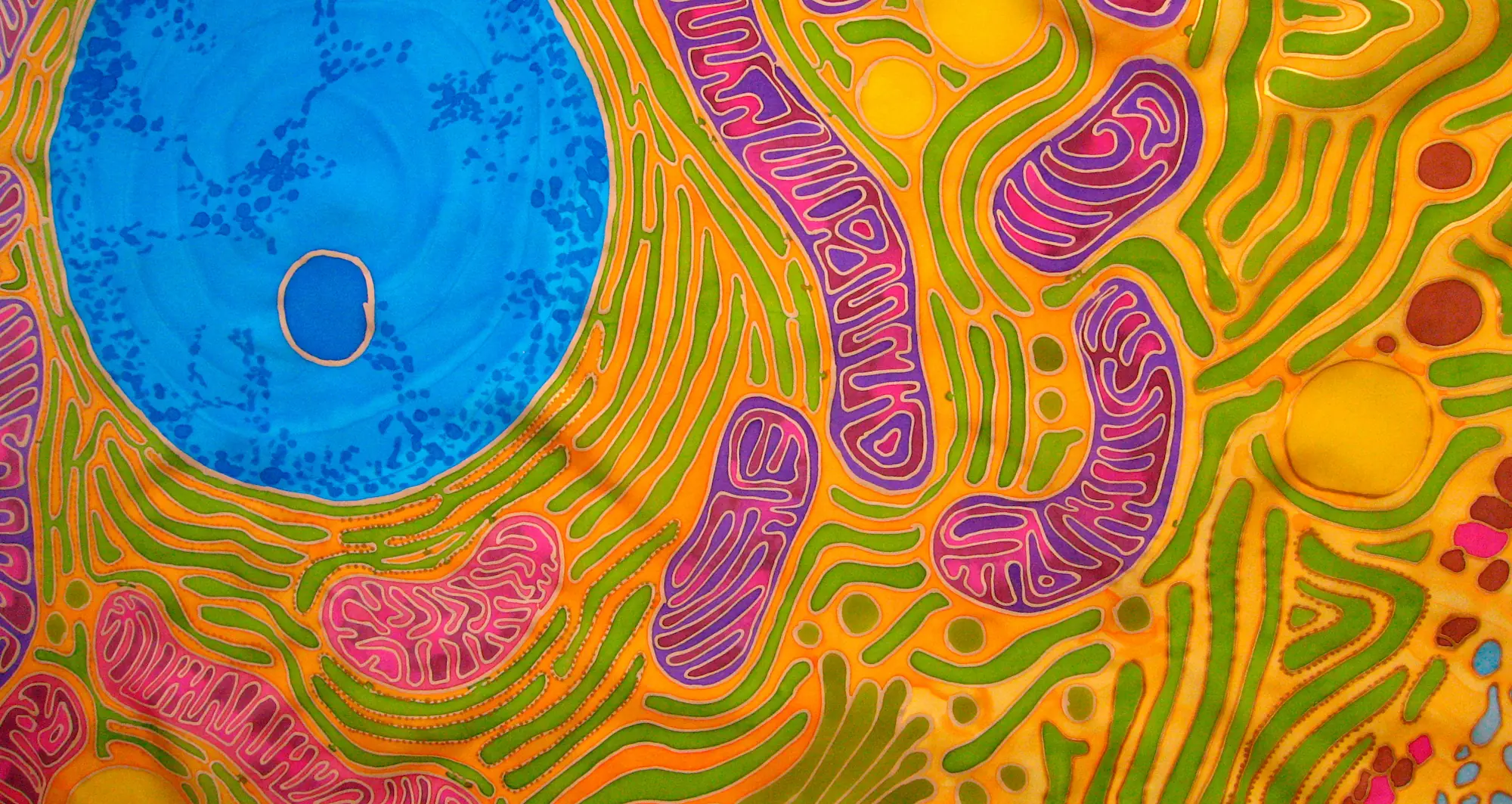Cell communications
Cells do not live in isolation. Their survival depends on how and how well they receive and process information from other cells and the surrounding environment. That communication or signaling can change their own internal workings in response.
The inside of a eukaryotic cell is a very crowded and complex place. It begins with the nucleus, the cell’s control center and repository of genetic information. DNA replication, transcription and RNA processing all take place within the nucleus.
Surrounding the nucleus are cellular organelles suspended in a gel-like fluid called cytoplasm. Each organelle has a definite structure and specific role: mitochondria produce energy for the cell; ribosomes make proteins; endoplasmic reticulum is a home for ribosomes; golgi apparatus prepare proteins and lipid molecules for use in other places inside and outside of the cell; lysosomes contain enzymes needed to break down cellular components for reuse or destruction.
Cell biology has been the subject of study for centuries. Cells remain imperfectly understood, with new revelations occurring constantly. For example, Brooke Emerling, PhD, and colleagues have described a previously overlooked family of proteins called lipid kinases that are essential to maintaining the energy that cells need to grow and survive.
Emerling and colleagues have also uncovered a new role for a neglected lipid in cell membranes that are connected to an ancient signaling system in cells that help human organs grow and control their size.
About the art: Odra Noel is a medical doctor and PhD in basic science, with additional degrees in aesthetics and music. Her silk paintings focus primarily on human biology, often informed by microscopy. Wellcome Collection.
